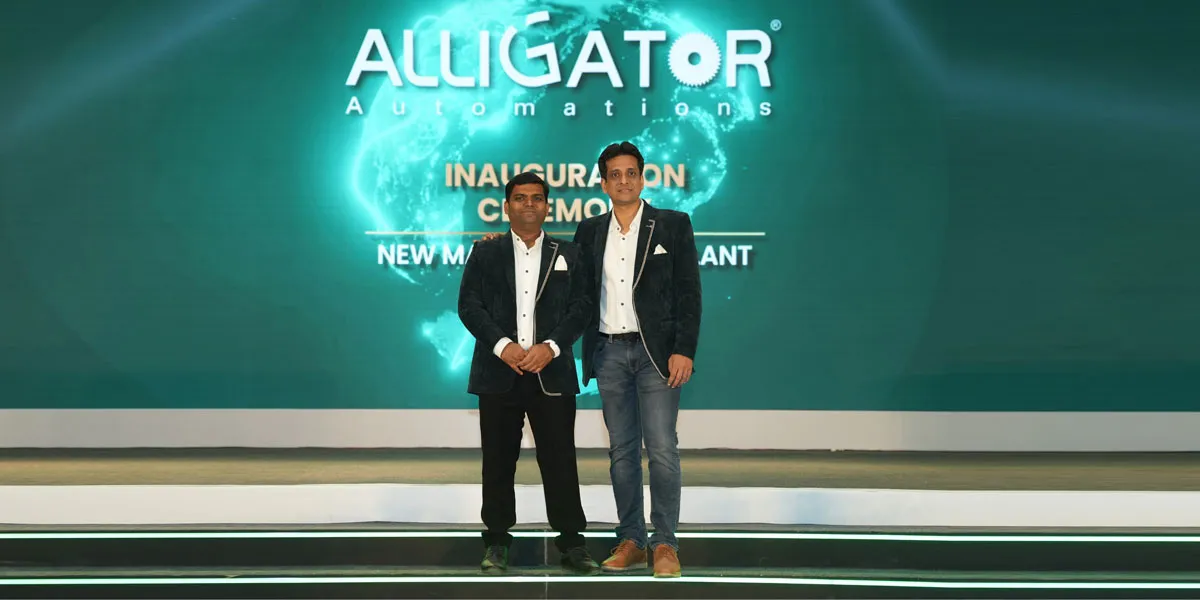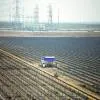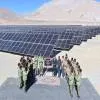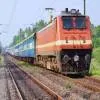
Himadri Executes First Liquid Coal Tar Pitch Export via New Mangalore
Himadri Speciality Chemical (HSCL), a global leader in speciality chemicals and advanced carbon materials, has executed its first-ever export of liquid coal tar pitch to the Middle East from its terminal at the New Mangalore Port. The 3,600-tonne shipment marks a major milestone for the company and reinforces India’s growing role in the global carbon materials trade.The shipment underscores Himadri’s capability to manage high-volume international deliveries through integrated logistics and stringent quality systems. Alongside its established terminal at Haldia on the eastern coast, the New..

Alligator Automations Opens Rs 400 Million Plant to Triple Capacity
Alligator Automations, a leader in end-of-line packaging and robotic automation, has inaugurated a new manufacturing plant in Pune with an investment of Rs 400 million. The facility is expected to triple the company’s overall production capacity and marks a major step toward its vision of building an Indian engineering organisation supplying world-class machines to global markets.With an annual production capability of Rs 5–6 billion, the plant enables turnkey projects to be engineered, assembled, tested and dispatched from India to customers worldwide. It is positioned to reduce dependenc..

Total Environment Appoints Pavankumar Hansoge as Group COO
Total Environment has appointed Pavankumar Hansoge as Group Chief Operating Officer, bringing more than 34 years of international experience in engineering, manufacturing and large-scale project delivery. He has led cross-functional teams across multiple geographies with a strong track record in transformation, operational excellence and technology-driven innovation across the consumer goods and automotive component sectors.Pavan began his career at Bosch, building expertise in engineering and manufacturing, and later held senior engineering leadership positions at PepsiCo and Unilever, where ..

















